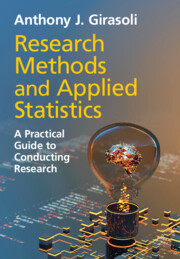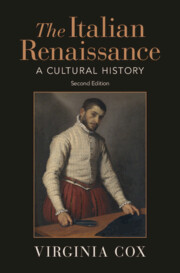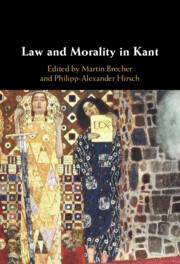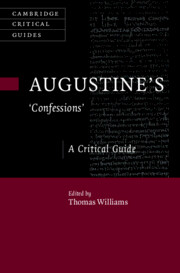Refine listing
Actions for selected content:
1295956 results in Books
Chapter 1 - Comparing the Australian and Canadian experiences
-
- Book:
- After Anzac
- Published online:
- 05 December 2025
- Print publication:
- 17 December 2025, pp 13-37
-
- Chapter
- Export citation
Dedication
-
- Book:
- After Anzac
- Published online:
- 05 December 2025
- Print publication:
- 17 December 2025, pp v-vi
-
- Chapter
- Export citation
Chapter 6 - Enlisted men
-
- Book:
- After Anzac
- Published online:
- 05 December 2025
- Print publication:
- 17 December 2025, pp 155-178
-
- Chapter
- Export citation

Research Methods and Applied Statistics
- A Practical Guide to Conducting Research
- Coming soon
-
- Expected online publication date:
- December 2025
- Print publication:
- 02 October 2025
-
- Textbook
- Export citation

The Italian Renaissance
- A Cultural History
- Coming soon
-
- Expected online publication date:
- December 2025
- Print publication:
- 31 December 2025
-
- Book
- Export citation

Inter-Asian Law
- Coming soon
-
- Expected online publication date:
- December 2025
- Print publication:
- 31 December 2025
-
- Book
- Export citation

The Ancient Scholia to Homer's Iliad
- A Translation
- Coming soon
-
- Expected online publication date:
- December 2025
- Print publication:
- 02 October 2025
-
- Book
- Export citation

Law and Morality in Kant
- Coming soon
-
- Expected online publication date:
- December 2025
- Print publication:
- 31 January 2026
-
- Book
- Export citation

Mind and Psychology in Early China
- Coming soon
-
- Expected online publication date:
- December 2025
- Print publication:
- 31 January 2026
-
- Element
- Export citation

Augustine's ‘Confessions'
- A Critical Guide
- Coming soon
-
- Expected online publication date:
- December 2025
- Print publication:
- 31 December 2025
-
- Book
- Export citation

FinTech Regulation in the United States
- Past, Present, and Future
- Coming soon
-
- Expected online publication date:
- December 2025
- Print publication:
- 31 January 2026
-
- Element
- Export citation

Managing Public Sector Contracts
- Market Frictions and Human Resources Solutions
- Coming soon
-
- Expected online publication date:
- December 2025
- Print publication:
- 31 January 2026
-
- Element
- Export citation

Speech Act Theory
- Between Narrow and Broad Pragmatics
- Coming soon
-
- Expected online publication date:
- December 2025
- Print publication:
- 31 January 2026
-
- Element
- Export citation

The Failures of Others
- Justifying Institutional Expansion in Comparative Public and International Law
- Coming soon
-
- Expected online publication date:
- December 2025
- Print publication:
- 31 January 2026
-
- Book
- Export citation
Sober State
- Origins of Alcohol Prohibition in India
- Coming soon
-
- Expected online publication date:
- December 2025
- Print publication:
- 31 December 2025
-
- Book
- Export citation

The Politics of Corporations in ‘New’ India
- Coming soon
-
- Expected online publication date:
- December 2025
- Print publication:
- 31 January 2026
-
- Book
- Export citation

Kant on Respect (Achtung)
- Coming soon
-
- Expected online publication date:
- December 2025
- Print publication:
- 31 January 2026
-
- Element
- Export citation

Financial Data Science
- Coming soon
-
- Expected online publication date:
- December 2025
- Print publication:
- 17 July 2025
-
- Textbook
- Export citation

The Aristotelian Kant
- Coming soon
-
- Expected online publication date:
- December 2025
- Print publication:
- 31 January 2026
-
- Book
- Export citation

Myths, History Wars, and Indigenous-Settler Relations in Canada and Other Settler States
- Coming soon
-
- Expected online publication date:
- December 2025
- Print publication:
- 31 December 2025
-
- Element
- Export citation
